
16 Sep Fun facts about your hands
What do your hands say about you?
Hands come in many shapes and sizes, and are unique to everyone. Whilst some people may try to learn more from their hands from palm reading and checking their ‘marriage lines’, you can learn more about the anatomy of your hand with some simple tests.
For example, did you know that your hand can have additional little bones at the front of a joint, similar to how the knee has a knee cap bone? And did you know that some people have an additional muscle and tendon in their forearm which highlights our evolutionary connection to primates? Lets take a look at some of those unique traits.
Absent FDS tendon in the little finger
In our hands, we have two types of finger tendons which are responsible for bending the fingers – one set of tendons bends the fingers at the PIP joints, and another set bends them at the fingertip joints, or DIP joints.
An easy test to showcase your FDP tendon is to block movement at all joints except the fingertip joint, as this tendon is solely responsible for movement here.
For testing FDS tendons, try holding all other fingers down on the table and bending just the one finger. As we are blocking the action of all other FDP tendons on the other fingers, the FDP tendon of this finger can’t activate and only the FDS tendon bends the finger.
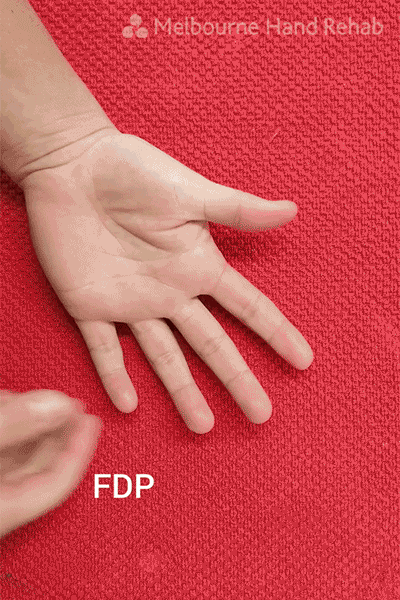
Try this test on your little finger. In around 25% of people, there is no FDS connection to the little finger, and it is impossible to bend except for at the big knuckle. It is thought this may be a sign of evolutionary progression, however nothing is fully known or accepted yet regarding this phenomenon. The good thing is that absence of this tendon does not impact on hand function noticeably.
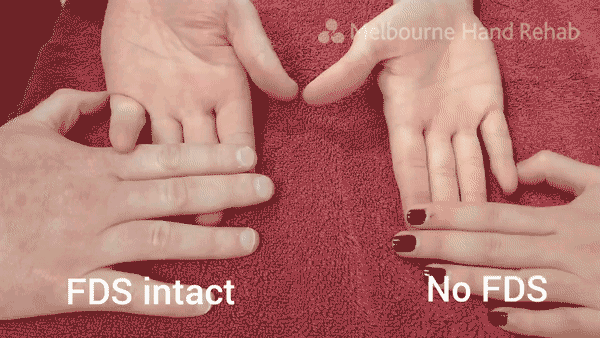
Absent palmaris longus (PL) tendon in the wrist and forearm
Another tendon and muscle that may or may not exist in someone is called the palmaris longus. This muscle is particularly well developed in animals that climb trees, however can be noted in many mammals as a remnant of their evolutionary past, such as humans. It is absent in around 3-24% of the world’s population.
An easy way to identify this muscle and tendon is to pinch your thumb and little finger together with your wrist straight, or even a little bent forwards. The palmaris longus tendon will become obvious in those who have it. If it is absent, the wrist will look the same as it did before.
The good thing is that for those without this tendon, it doesn’t contribute to grip strength, and is what we call a ‘weak’ wrist flexor. You already have two other wrist flexors, so function of this tendon is not crucial. In fact, it is a common tendon to be removed if surgeons need to use it for repairing another part of the body!
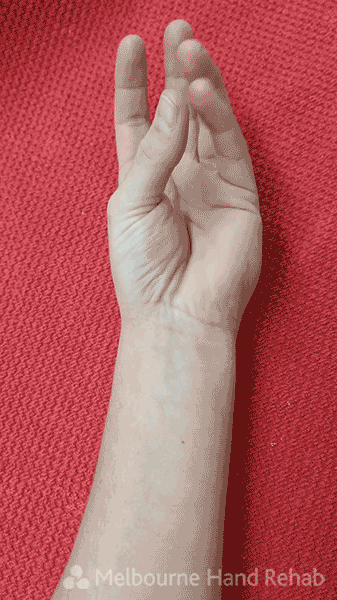
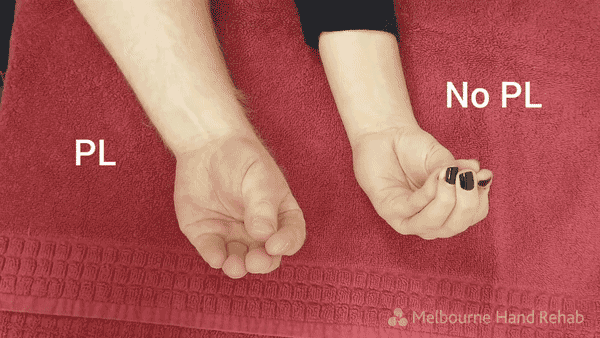
Sesamoid bones in the hand
Sesamoid bones are like little kneecap bones which are embedded within a tendon, which help protect the tendon and decrease joint friction. The clearest example on your body is the knee cap bone.
Within your hand, you can have a variation of sesamoid bones typically at the front of the big knuckle joints, or MCP joints. Ninety-nine percent of people have two sesamoid bones at the thumb MCP joint, which you can see on the x-ray below. Less commonly, you can also get them at the index finger MCP joint, little finger MCP joint, or even the thumb tip joint. If you have some old hand x-rays, or even foot ones, you may be able to see these small sesamoid bones. They typically only measure between 5-10mm in diameter so it may take a keen eye to spot these.
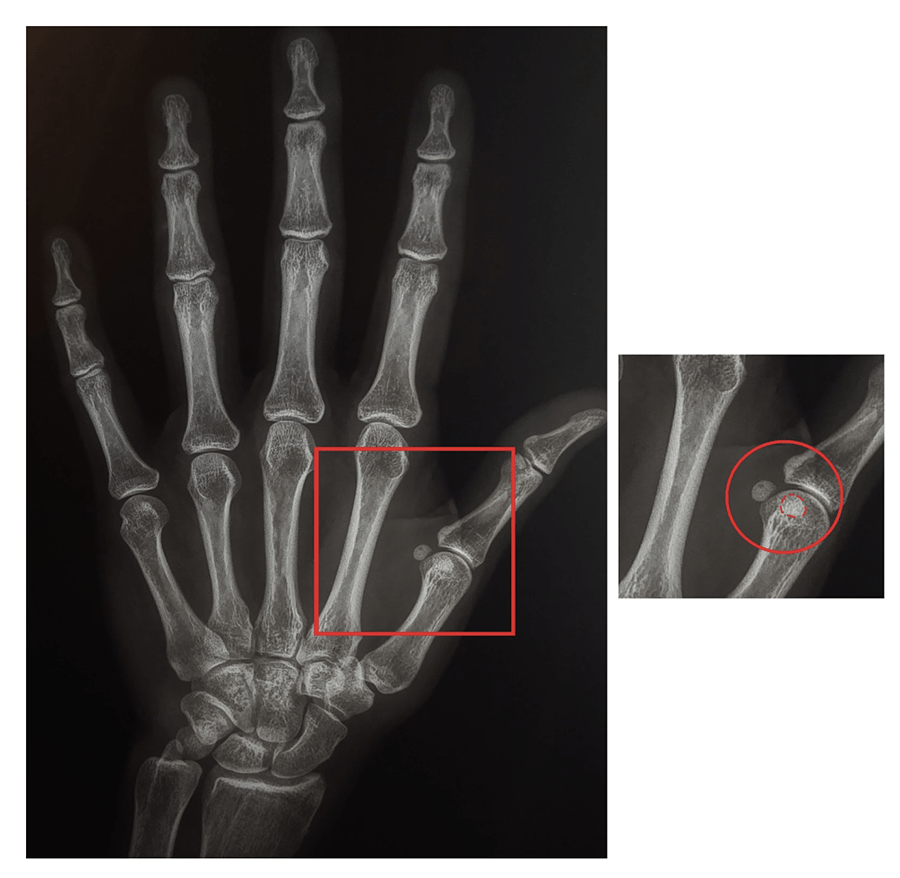
Have fun trying out these quick tests for yourself.
By Holly Johnson
References:
Becciolini, M., Bonacchi, G. (2015). Fracture of the sesamoid bones of the thumb associated with volar plate injury: Ultrasound diagnosis. Journal of Ultrasound in Medicine, 18(4), 395–398.
Gupta, A. & Kumar, V. (2014). Bilateral absence of flexor digitorum superficialis (FDS) tendon of the little finger. Journal of Clinical and Diagnostic Research for Doctors, 8(2), 135–136.
Orthobullets (2020). Flexor tendon injuries. https://www.orthobullets.com/hand/6031/flexor-tendon-injuries
Roohi, S. A., Choon-Sian, L., Shalimar, A., Tan, G.H., & Naicker, A.S. (2007). A Study on the absence of palmaris longus in a multiracial population. Malaysian Orthopaedic Journal, 1(1), 26-28
Image credit: Clay Banks, Unsplash


